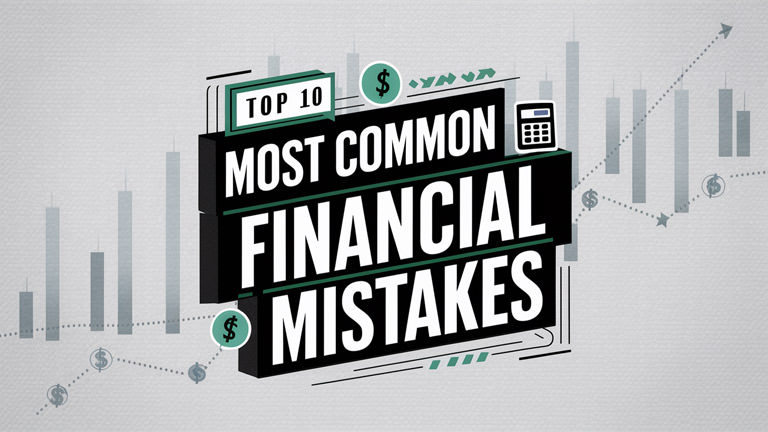What Is a Junk Bond?
Junk bonds, also known as high-yield bonds, are bonds that carry a higher risk of default compared to most corporate and government bonds. These bonds are issued by companies that are financially unstable or have a high likelihood of failing to make interest payments or repay the principal to investors. To compensate for the increased risk, junk bonds offer higher yields.

Key Takeaways
- Junk bonds are rated below investment grade by credit rating agencies, indicating a higher risk of default.
- High yield: Investors are compensated with higher interest rates due to the increased risk.
- Issuer’s credit quality: The poor credit quality of issuers differentiates junk bonds from regular corporate bonds.
Understanding Junk Bonds
Junk bonds function similarly to regular corporate bonds. Both represent debt issued by a firm with the promise to pay interest and return the principal at maturity. The key difference lies in the credit quality of the issuer. Companies issuing junk bonds are often start-ups or financially struggling businesses.
How Bonds Work
Bonds are fixed-income debt instruments issued by corporations or governments to raise capital. When investors buy bonds, they are essentially lending money to the issuer, who promises to repay the principal amount on a specific maturity date. Most bonds also pay annual interest, known as the coupon rate.
For instance, a bond with a 5% annual coupon rate and a $1,000 face value pays $50 each year until maturity.
Higher Risk Equates to Higher Yield
Junk bonds carry a high risk of default, meaning there’s uncertainty about whether the investors will receive their principal and interest payments. As a result, these bonds offer higher yields to attract investors and compensate for the added risk. Companies are willing to pay these high yields to secure the funding they need for operations.
Pros and Cons of Junk Bonds
Pros:
- Higher yields: Junk bonds offer higher returns compared to other fixed-income securities.
- Potential price increases: If the issuing company’s financial situation improves, the bond’s price may rise significantly.
- Market indicator: Active junk bond markets can signal investor risk appetite.
Cons:
- Higher risk of default: Junk bonds are more likely to default compared to higher-rated bonds.
- Price volatility: Junk bond prices can be highly volatile due to the financial instability of the issuers.
- Market downturn risk: Active junk bond markets can sometimes indicate an overbought market, leading to potential downturns.
Junk Bonds as a Market Indicator
Some investors buy junk bonds not only for their high yields but also to profit from potential price increases if the issuing company’s financial situation improves. Increased buying interest in junk bonds can indicate a willingness to take on more risk, suggesting economic optimism. Conversely, selling off junk bonds usually signals risk aversion and a preference for more secure investments.
Credit Ratings and Junk Bonds
Credit ratings provide a measure of the creditworthiness of an issuer and its bonds. Rating agencies like Standard & Poor’s (S&P) assign letter grades to indicate the financial stability and likelihood of default of a bond issuer. Bonds rated below BB by S&P are considered speculative-grade or junk bonds.
Investment Grade vs. Junk
Investment Grade:
- AAA: Excellent
- AA: Very good
- A: Good
- BBB: Adequate
Junk (Speculative) Grade:
- BB: Less vulnerable to nonpayment but still faces significant uncertainties
- CCC: Currently vulnerable to nonpayment
- C: Highly vulnerable to nonpayment
- D: In default
Bonds with higher ratings (investment grade) have a high probability of paying regular coupons and returning the principal. Conversely, bonds with lower ratings (junk) are riskier but offer higher yields.
Bond Defaults
A bond is considered in default if the issuer fails to make principal or interest payments. Junk bonds have a higher default risk due to uncertain revenue streams or inadequate collateral. This risk increases during economic downturns, making junk bonds even riskier.
Real World Example of a Junk Bond
Tesla Inc. (TSLA) issued a fixed-rate bond with a 1.25% semi-annual coupon rate, maturing on March 1, 2021. Initially rated B- by S&P in 2014, it was upgraded to BB- in October 2020, still within junk bond territory. Despite the BB- rating, the bond traded at a significant premium due to its convertibility to equity, with Tesla shares soaring 600% over the twelve months ending October 2020. This demonstrates how junk bonds can become valuable, reflecting the company’s improved financial prospects.
Conclusion
Junk bonds, while risky, offer high yields that can be attractive to investors seeking significant returns. They serve as indicators of market sentiment and can provide insights into the economic outlook. Understanding the risks and rewards, along with monitoring credit ratings, is crucial for investors considering junk bonds. As seen with Tesla, improvements in an issuer’s financial health can lead to substantial gains, making junk bonds a compelling, albeit risky, investment option.

Roger Varley is a seasoned financial expert with over two decades of experience and an MBA from Harvard Business School. He specializes in commodity trading and portfolio diversification, and has authored several bestsellers that simplify complex financial concepts for investors. Residing in New York City, Roger continues to share his knowledge through his writing and lectures at financial conferences worldwide.



